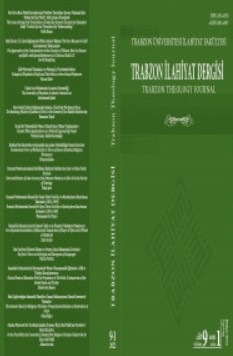Radikal Dini Hareketlere Kaynaklık Açısından Vehhâbîliğin Temel Görüşleri
Fundamental Views of Wahahability In Terms of Source of Radical Religious Movements
Author(s): Hüseyin ŞahinSubject(s): Islam studies, Studies in violence and power, 18th Century, The Ottoman Empire, History of Islam
Published by: Karadeniz Teknik Üniversites - İlahiyat Fakültesi
Keywords: Kalam; Wahhabism; Salafisim; Muhammed b. Abdülvehhâb; Bid‘ah;
Summary/Abstract: Towards the middle of the 18th century, a new trend derived from the Hanbali school emerged in the Najd region of the Arabian peninsula, which was then a part of the Ottoman state. This new movement, which developed around Muhammed b. Abdülvehhâb’s ideas and was basically based on tawhid and opposed shirk and bid’ah, was called Wahhabism. The Wahhabis, who interpreted bid’ah quite broadly, regarded the killing of Muslims, whom they considered as possessors of bid’ah, as blasphemy and shirk, and saw it as legitimate. Wahhabism, which acts in line with the Salafist understanding and sees attacking Muslims as legitimate, is the most important source of nourishment for radical religious movements, which are pro-regime violence, who say that they are fighting against Muslims, whom they define as innovators, and against other Western powers, especially the USA. This situation is used by circles that aim to create the perception of Islam equals terrorism and Muslims equals terrorists, thus trying to create Islamophobia all around the world. In this study, the main views of Wahhabism, which constitutes the last period interpretation of Salafism, which also provide the legitimation of violence against Muslims, are discussed.
Journal: Trabzon İlahiyat Dergisi
- Issue Year: 9/2022
- Issue No: 1
- Page Range: 192-220
- Page Count: 29
- Language: Turkish

